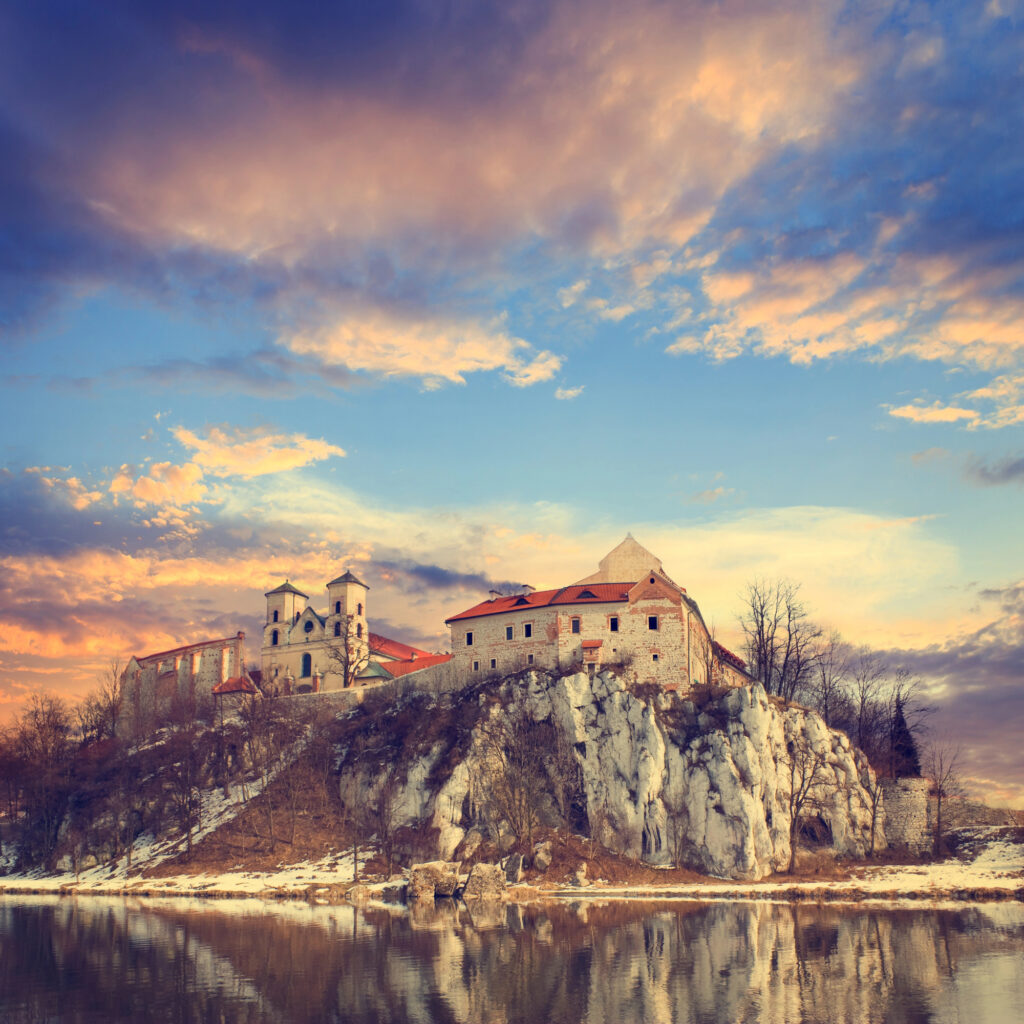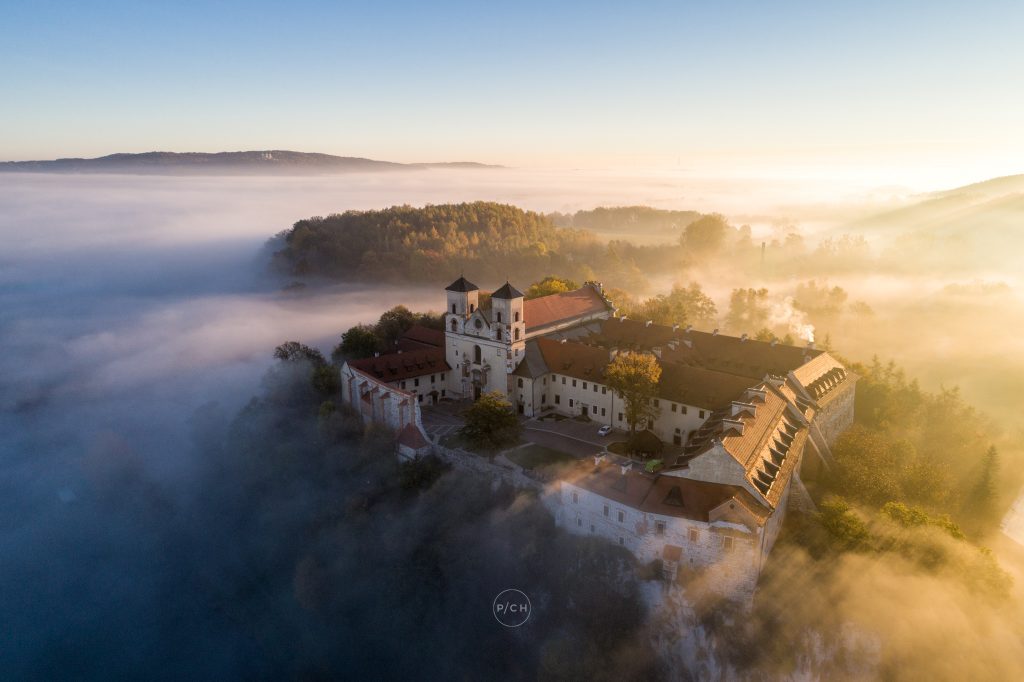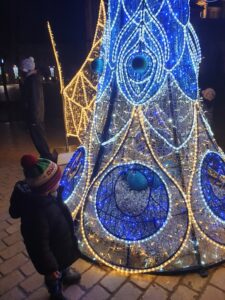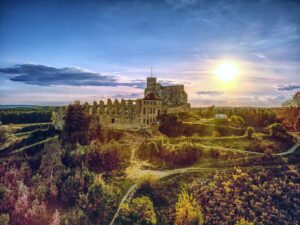Krakow: Tyniec Abbey Private Guided Tour
SO THAT IN ALL THINGS GOD MAY BE GLORIFIED!
A word from the Father Abbot
The long and poignant history of Tyniec is also a particular invitation to reflect more deeply on the role of the monastery as a meeting place and its significance for contemporary European society. The question about the place of the Benedictine monastery has to be set in today’s social and cultural context: the globalisation of the world and, at the same time, the deepening separatisms, the increasing pace of life, a kind of overgrowth of social forms and communication, the paradoxes of “anonymity/loneliness online”. The idea of the “monastery as a place of encounter” can be read as a proposal for the monastery to be a place of exchange, that is, a meeting between a still vital Christianity and various forms of “post-Christian” culture increasingly less interested in remembering its roots.
The monastery of Tyniec, founded almost 1,000 years ago and still fulfilling the purpose for which it was founded 1,000 years ago, is still such a place where people come to find the basic values and rediscover the value of the encounter: with the heritage of history, culture, the beauty of the landscape, but also with their own past, with others and ultimately with God himself.
In the middle of the 11th century, black monks settled on a rock on the Vistula near Krakow, known as Benedictines after the author of the Rule according to which they lived, St Benedict of Nursia (480-about 543). They began the construction of a church and a monastery, which in the following centuries, extended and rebuilt, would continue to serve the idea for which the place was founded.
The Benedictine Abbey in Tyniec is the oldest existing male monastery in Poland. Its history dates back almost 1,000 years and is also linked to important events in Polish history.
It was the monastery here that was one of the links that connected Poland to Western Europe at the beginning of the Polish state.
It is here that the monks live according to the Rule of St Benedict, which is one of the oldest Western monastic rules, and nurture and disseminate the heritage of Christian monasticism, the origins of which can be traced back to the Egyptian desert and the lands of the eastern Mediterranean.
It is here that the architectural testimonies of the cultural transformations that Europe, and with it Poland, experienced have been preserved: from the monuments of Romanesque art, through Gothic elements, to the Baroque metamorphosis.
A visit to Tyniec Hill invites you to an extraordinary journey through time and space: to delve into the world of ancient and modern monks and their lives. For here, history and modernity coexist in harmony, and successive generations of hosts still do not cease to mark their own contribution, so we have: Romanesque foundations, Gothic walls, Baroque decoration, romantic ruins, modern concrete and… modern computers.
A visit to Tyniec Abbey is a kind of journey through the almost 1000-year history of this extraordinary place. It is impossible to explore everything at once. Rather, it is the beginning of discovering its mysteries.
We encourage you to visit the Benedictine Abbey in Tyniec to learn about the history and significance of this place, during a unique guided tour and through a visit to the Abbey Museum.

- Listen, my son, to the teachings of the master and set the ear of
- Discover how monks live and what they do
- Try local beer
- Hotel pick up
- Private transport and driver
- Local guide
- Beer from a local brewery
- Hotel drop off




